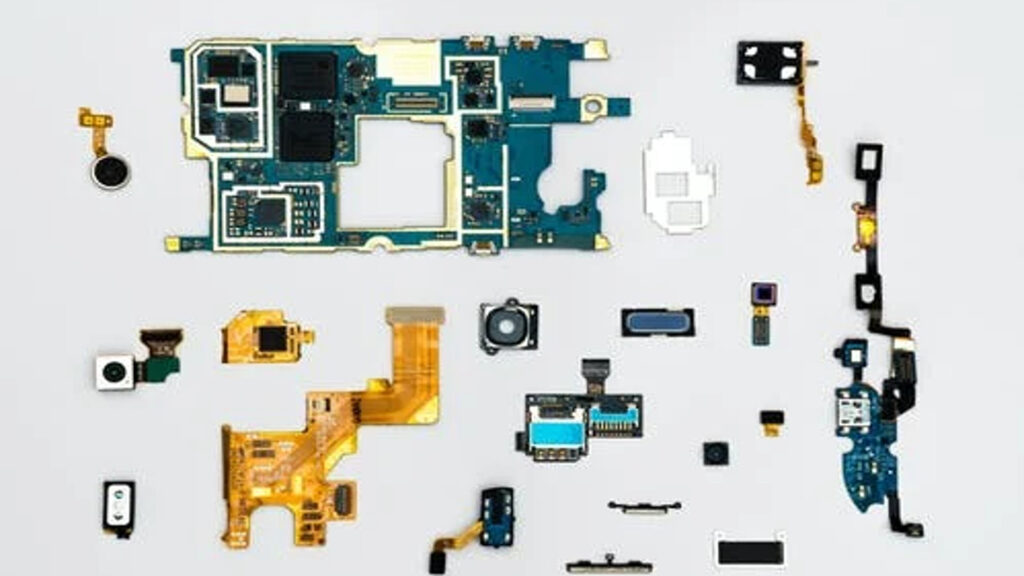Dr Sina Sareh is Academic Leader in Robotics, School of Design, The Royal College of Art (RCA)
Whether you’re still in education or a few rungs up the career ladder, we could all do with inspiration to show us what is achievable and to gain an insight into what others are doing in the field of design and engineering. 
This month our role model is Dr Sina Sareh who provides a vision of the role of a roboticist, the constant drive to invent new technological solutions and the benefits of team work.
Dr Sina Sareh is a roboticist whose specialism lies in creating interactive physical systems using soft materials and integrated computational and mechanical intelligence.
He was appointed as Academic Leader in Robotics within the RCA’s School of Design in May 2017, a role that will see him assist the College in developing design-led robotics. As Dr Sina Sareh said of this new position, “It is an extremely exciting moment to join RCA and be involved in shaping the ambitious future of modern education in the College. I am very much looking forward to leading the integration of robotics into the College’s research, its international programmes and in collaborations with industry.”
Prior to his appointment at the RCA, Dr Sina Sareh was the coordinator of research activities within the EPSRC-funded project Aerial ABM (Aerial Additive Building Manufacturing) and led the Soft Aerial Robotics theme within the Aerial Robotics Lab of Imperial College London. He has also contributed to a number of high-profile research projects, including the EU FP7 STIFF-FLOP (STIFFness Controllable Flexible & Learnable Manipulator for Surgical Operations) at King’s College London.
Dr Sina Sareh holds a PhD in Robotics from the University of Bristol, an MSc in Control Systems from the University of Sheffield, and a BSc in Electrical Engineering from Amirkabir University of Technology, Iran.
What do you most enjoy about your job?
As roboticists, we enjoy working on new technologies that many people will use in the future.
What inspired you to become an engineer?
I think it happened naturally. I was really interested in physics and maths in high school, which guided me to study an engineering discipline at university.
What has been one of the biggest challenges you’ve faced in getting to where you are?
The biggest challenge I’ve faced as an engineer is the ongoing challenge of inventing technological solutions that can improve lives.
What has been a career high or most memorable work moment?
Having been greatly fascinated by crossdisciplinary R&D activities, my most exciting moments at work are often related to the times that I bring team members with diverse backgrounds and experience in design and engineering together to solve a challenging problem.
In terms of your career, who has been your role model?
Of course professionally attractive people usually get the credit of doing things differently and more effectively. This can be learned by observing their approach to problems, strength in conquering and consistency. I would greatly credit my parents whose visionary acts have made a lasting impact. What is your view on diversity in the engineering and design workforce? Engineers need a deep understanding of the societal contexts of their activities, as their work can have long-lasting effect on the quality of our life and the environment. Cross-disciplinary research in engineering and design will make sure the future technological advances will address the societal needs.
What technology or design tools do you use day-to-day in your job?
We use a wide range of hardware and software including computational tools for iterative design, and rapid prototyping systems and benchmarking platforms for manufacturing and validation.
With the advantage of hindsight, what career advice would you give to your younger self?
The advancement of robotic technologies requires vast knowledge and experience in many different areas from material sciences and mechatronics to design and manufacturing. I would advise roboticists in their early years of research not to commit to a specific discipline too early, but explore a wider range of projects covering different aspects.
If you were hosting a dinner party who would you invite and why?
I would invite George Devol and Joseph Engelberger who were fathers of the modern robotics.






